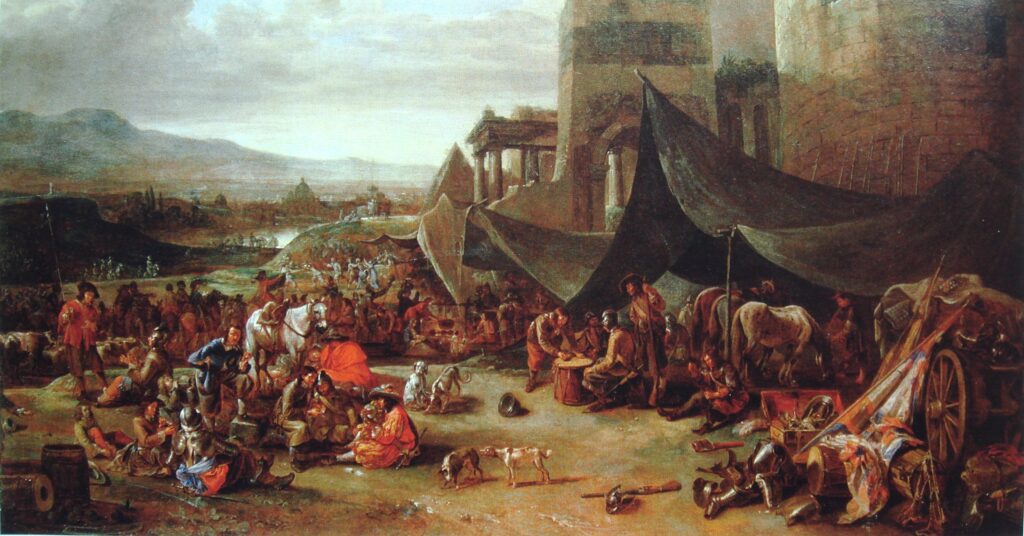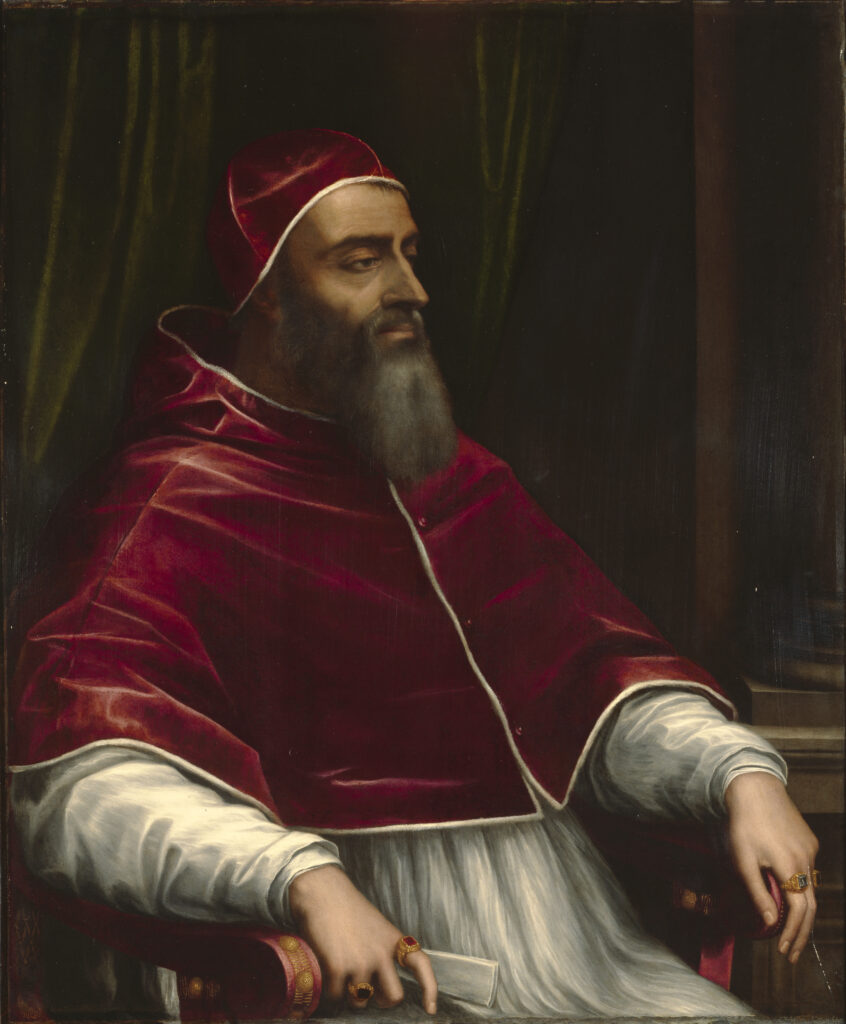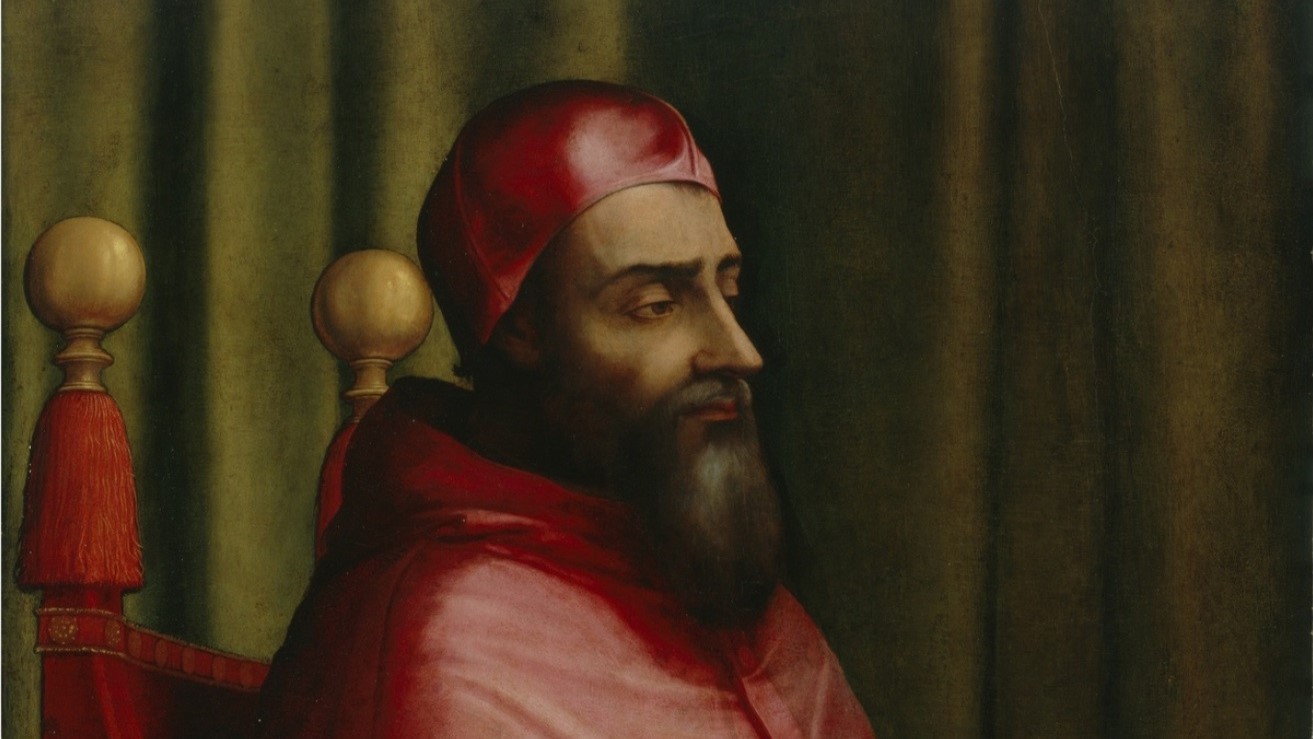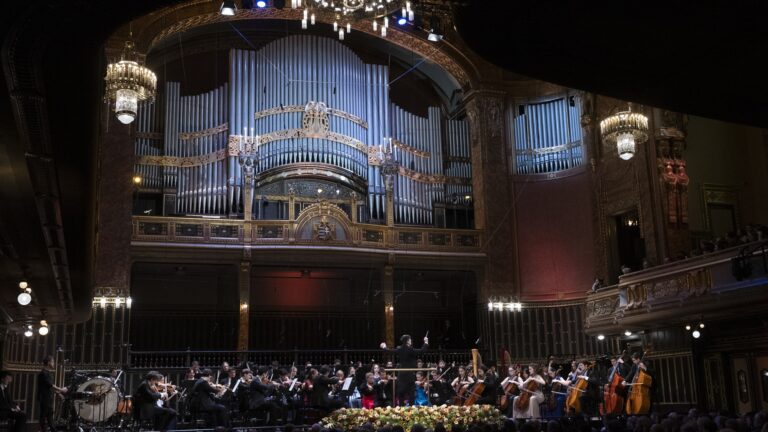Pope Clement VII (Giulio de’ Medici, 1523–1534) stands out as one of the most controversial and complex figures of the Italian Renaissance papacy. His tenure was defined by political manoeuvring, artistic patronage, and a series of catastrophic crises that shook the Catholic Church. Marking 501 years today since his ascension, we look at his reign, a vivid, if troubled, chapter in Church history.
The Rise of Giulio de’ Medici: An Heir to Power Plays
Born in 1478, Giulio de’ Medici hailed from the influential Florentine Medici family. Although his illegitimacy initially posed challenges, his family’s prominence secured his rise. A close relative of Pope Leo X, he was elevated to cardinal and served as a political adviser.
In 1523 Giulio ascended to the papacy following a protracted and intricate conclave, aiming to strengthen both the Medici legacy and the Church’s political clout. However, his ambitions were soon overshadowed by his inability to effectively navigate the volatile landscape of European politics.
Political Missteps and the Sacco di Roma (Sack of Rome)
Clement’s greatest blunder was his failure to foster reliable alliances between the Habsburgs and the French. His vacillation left him isolated, culminating in the 1527 Sack of Rome, when mercenaries under Charles V, Holy Roman Emperor, devastated the city.
Around 30,000 soldiers and marauders set out on a looting spree. A systematic campaign of murder and theft ensued, with homes, churches, palaces, hospitals, and private residences plundered and set ablaze. Those who resisted were slaughtered, and women were raped. Civilians were brutally tortured for hidden valuables. Aristocrats and high clergy were forced to pay astronomical sums or face destruction of their palaces. Estimates suggest that at least 30,000 civilians were killed, half the city’s population, and the streets were reportedly covered in corpses. The unburied bodies led to a devastating plague outbreak.
Trapped within the Vatican’s walls, Clement witnessed the destruction firsthand. This disaster not only depleted the Church’s financial resources but also gravely undermined its moral authority, providing Protestant reformers with ammunition to critique Rome’s leadership.

The Reformation and Ineffectual Responses
The Protestant Reformation, initiated during the tenure of Clement’s predecessor, Pope Leo X, continued to gain momentum. Although Clement condemned Martin Luther’s teachings, his failure to implement meaningful reforms allowed Protestantism to spread unchecked across Germany and Northern Europe.
Historians frequently attribute Clement’s inaction to his focus on secular political intrigues rather than on addressing the internal corruption and doctrinal disputes that plagued the Church.
Henry VIII and the Anglican Schism
Clement is perhaps most remembered for his conflict with Henry VIII of England. The king sought an annulment of his marriage to Catherine of Aragon, a request Clement denied under pressure from Charles V, Catherine’s nephew.
Henry’s subsequent break with Rome and the establishment of the Anglican Church reshaped the religious landscape of Europe. Clement’s decision is often cited as emblematic of his short-sighted diplomacy, prioritizing political alliances over the long-term stability of the Church.
Relations with Hungary
In Hungary, Clement’s papacy coincided with the aftermath of the 1526 Battle of Mohács, a pivotal event that left the kingdom vulnerable to Ottoman invasion. Despite his verbal support for a crusade against the Turks, Clement’s contributions were limited to symbolic gestures.
His inability to provide substantial aid left Hungary to face its greatest political and military collapse unaided. Meanwhile, Christian mercenaries ravaged Rome, offering the Ottomans a near-uncontested advance to Buda, initiating an occupation lasting 150 years.

Cultural Legacy: Michelangelo and Patronage
While politically inept, Clement excelled as a patron of the arts. He commissioned Michelangelo’s The Last Judgment for the Sistine Chapel, a masterpiece that remains a pinnacle of Renaissance art.
Additionally, he supported other luminaries such as Raphael, contributing to the Vatican’s cultural heritage even amidst political turmoil.
Gossip and Human Weaknesses
Clement’s papacy was not without personal scandals and criticisms. Contemporaries often portrayed him as indecisive and overly influenced by Medici interests. Some chroniclers describe him as prone to self-pity, particularly in the aftermath of the Sack of Rome.
Even within the papal court, factions doubted his capacity to safeguard the Church’s interests, and his vacillations alienated both allies and adversaries.
Conclusion: A Troubled Legacy
Pope Clement VII’s reign remains a cautionary tale of missed opportunities and flawed leadership. While his patronage of the arts enriched the Church’s cultural patrimony, his political failures inflicted enduring harm.
For Hungary, Clement’s tenure offered little tangible support during one of its darkest eras, while his broader legacy includes the catastrophic Sack of Rome, the expansion of Protestantism, and the Anglican schism. Today, he is remembered not as a leader who rose to the challenges of his time, but as a figure whose reign epitomized the turbulence and contradictions of the Renaissance papacy.
Related articles:







